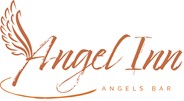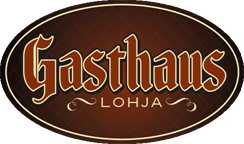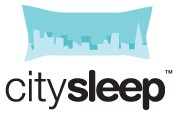One of the components needed to apply RM is market segmentation. It allows you to target and market to a range of customers that behave differently with an offer that matches their needs and budget.
Market segmentation identifies the purpose of the trip for example if a guest is on business, meetings or leisure. Price does not necessarily dictate the market segmentation.
Today's ways of booking makes it difficult to identify the purpose of the trip but you can segment by default for example the individual bookings for short midweek stays as business, and a booking of a double room over the week-end as leisure – it does also depend on the season.
A property may have various booking channels that sell to the customer; examples of these are listed below:
- Public channels direct to the hotel by the phone, email and fax or making a reservation at the reception desk
- Through the corporate brand website
- OTAs (online travel agents) i.e. Booking.com
- GDS (global distribution service) – mainly for business travel
- Tourist or professional associations that your property needs to be a member of.
Identifying what the market segmentation is for your property:
- Leisure guests can be individuals or retail customers that book through public channels or may be a part of a tour group that has a block booking
- Business guests are individuals or contracted companies that have negotiated rates available only to corporate employees or customers that book through a particular travel agency or via the GDS.
- Meeting or conference customers (individuals/delegates or contracted companies) that book a meeting room
- Food & Beverage customers (guests or meeting delegates or “passers-by” who pop in for a meal or drink.
Revenue management
Goal and mission
Market segmentation
Pricing and rates
Budgets, forecasting and a demand calendar
Capacity allocation
Performance
IT / Analysis support tools



